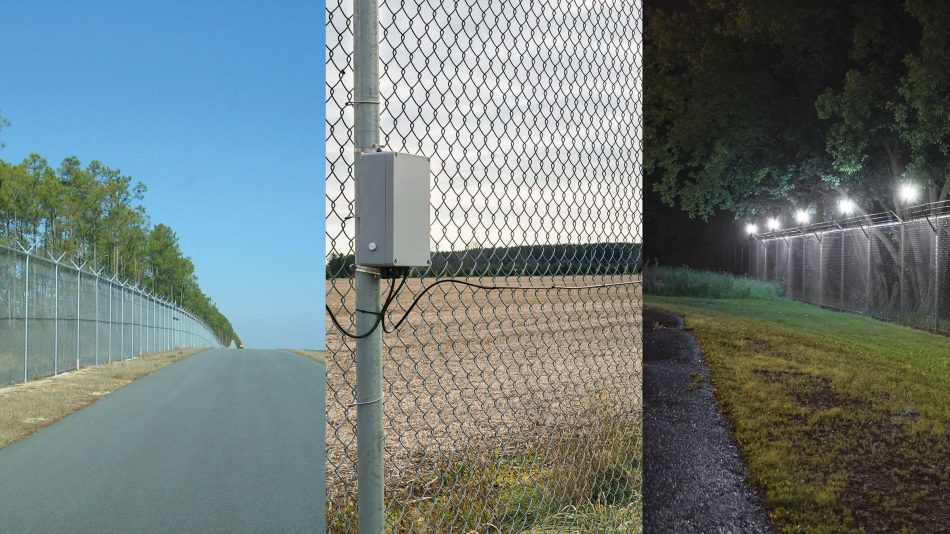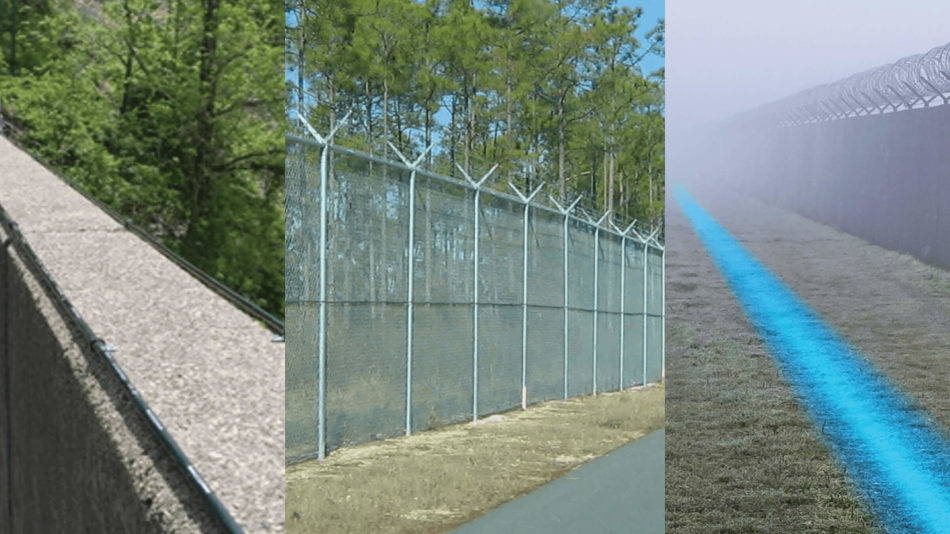The Process of Installing a Fiber Optics Infrastructure for Security Installations in Your Building
The Process of Installing a Fiber Optics Infrastructure for Security Installations in Your Building
Blog Article
The Ultimate Guide to Fiber Optic Protection Systems for Your Service
In an age where protection problems are vital for businesses, understanding the details of fiber optic modern technology can be transformative. This guide lays out how integrating fiber optic protection systems not only boosts information security yet also supplies advantages like resistance to interference and real-time surveillance capabilities.
Understanding Fiber Optic Technology

The core of a fiber optic wire includes a slim glass or plastic center, bordered by a cladding layer that reflects light back right into the core. fiber optic security system. This design makes sure marginal loss of signal strength, also over comprehensive distances. There are two main kinds of fiber optic wires: single-mode and multi-mode. Single-mode fibers are made for long-distance transmission, while multi-mode fibers appropriate for much shorter ranges, usually made use of within buildings.
Optical fiber are not only much faster but likewise more protected than conventional electrical wiring. Their integral resistance to electromagnetic interference and the trouble of using the signal without discovery make them a preferred option for companies prioritizing information honesty and safety and security. As companies significantly count on protected and efficient communication systems, recognizing fiber optic technology becomes important for educated decision-making.
Key Advantages of Fiber Optic Security
When taking into consideration safety choices for a business, the advantages of fiber optic systems are especially engaging. Primarily, fiber optic innovation provides exceptional information transmission rates and data transfer capacity, making it optimal for taking care of high-resolution video clip feeds from monitoring video cameras. This capacity makes sure that security employees obtain real-time information, improving total action times to possible protection risks.
In addition, fiber optic wires are naturally immune to electromagnetic interference, which can endanger the honesty of typical copper-based systems. This resistance ensures that the data transmitted stays safe and secure and uninterrupted, giving a more dependable protection infrastructure. In addition, fiber optics are less at risk to physical damages, as they are made from glass instead of steel, reducing upkeep costs and downtime.
Fiber optic systems use improved cybersecurity functions, including security capacities that safeguard delicate data from unauthorized gain access to. Collectively, these advantages make fiber optic security systems a durable selection for companies looking for to improve their security steps.
Installment Refine and Considerations
Considering the intricacies included, the setup process of fiber optic protection systems needs cautious planning and execution. The initial step entails a detailed website evaluation to recognize ideal locations for cabling and devices. This assessment needs to consider ecological factors, existing infrastructure, and potential susceptabilities.

In addition, the setup must abide by regional building ordinance and market requirements. This might consist of coordinating with numerous stakeholders such as building supervisors, IT teams, and safety workers to ensure smooth combination with existing systems.
Post-installation, strenuous screening is required to verify system performance and recognize any issues that might occur. By focusing on these considerations throughout the installation process, organizations can make sure a durable and efficient fiber optic safety and security system that fulfills their details protection demands.
Most Current Technologies in Fiber Optic Security
Current advancements in fiber optic innovation have actually significantly improved the abilities of security systems for businesses. Among one of the most notable advancements is the assimilation of fiber optic sensing units that can discover resonances and breaches along the perimeter of a center. These sensing units give real-time monitoring, making it possible for quick feedback to possible violations.
Furthermore, the development of distributed fiber optic sensing modern technology enables for official source the continual tracking of huge areas with a single fiber wire. This method not only decreases installment prices however additionally improves the integrity of monitoring systems by eliminating the demand for numerous, separate sensing units.
Moreover, advancements in multiplexing strategies have actually allowed companies to transmit large quantities of data over fiber optic networks, boosting the abilities of video clip surveillance systems. High-definition video clip feeds can now be sent over cross countries without loss of quality, ensuring that protection workers have access to clear and workable details.
Finally, the use of expert system (AI) combined with fiber optic systems is transforming risk discovery. AI formulas can assess information from fiber optic networks to recognize unusual patterns or actions, allowing for aggressive protection actions. These technologies collectively represent a considerable leap forward in fiber optic safety and security innovation.
Selecting the Right System for Your Company
Picking the appropriate fiber optic protection system for your business is important for making sure optimal defense and assurance. To make an informed selection, evaluate your certain safety needs, thinking about variables such as the dimension of your properties, the nature of your procedures, and potential susceptabilities.
Begin by reviewing the level of security required; for instance, high-risk settings might necessitate innovative systems with integrated surveillance and intrusion detection abilities. Next off, consider scalability; as your service expands, your safety and security system should be qualified of expanding to fit enhanced demands without significant overhauls.
In addition, examine the reliability and performance of various systems. Try to find suppliers with established online reputations and customer endorsements that testify to their service quality. It's additionally a good idea to ask about the technology's compatibility with existing infrastructure, ensuring a smooth assimilation process.
Final Thought
In final thought, fiber optic security systems provide a robust option for boosting company safety infrastructures. The newest developments better bolster the efficiency of these systems, making sure that companies continue to be secure and versatile in an ever-evolving risk landscape.
Report this page